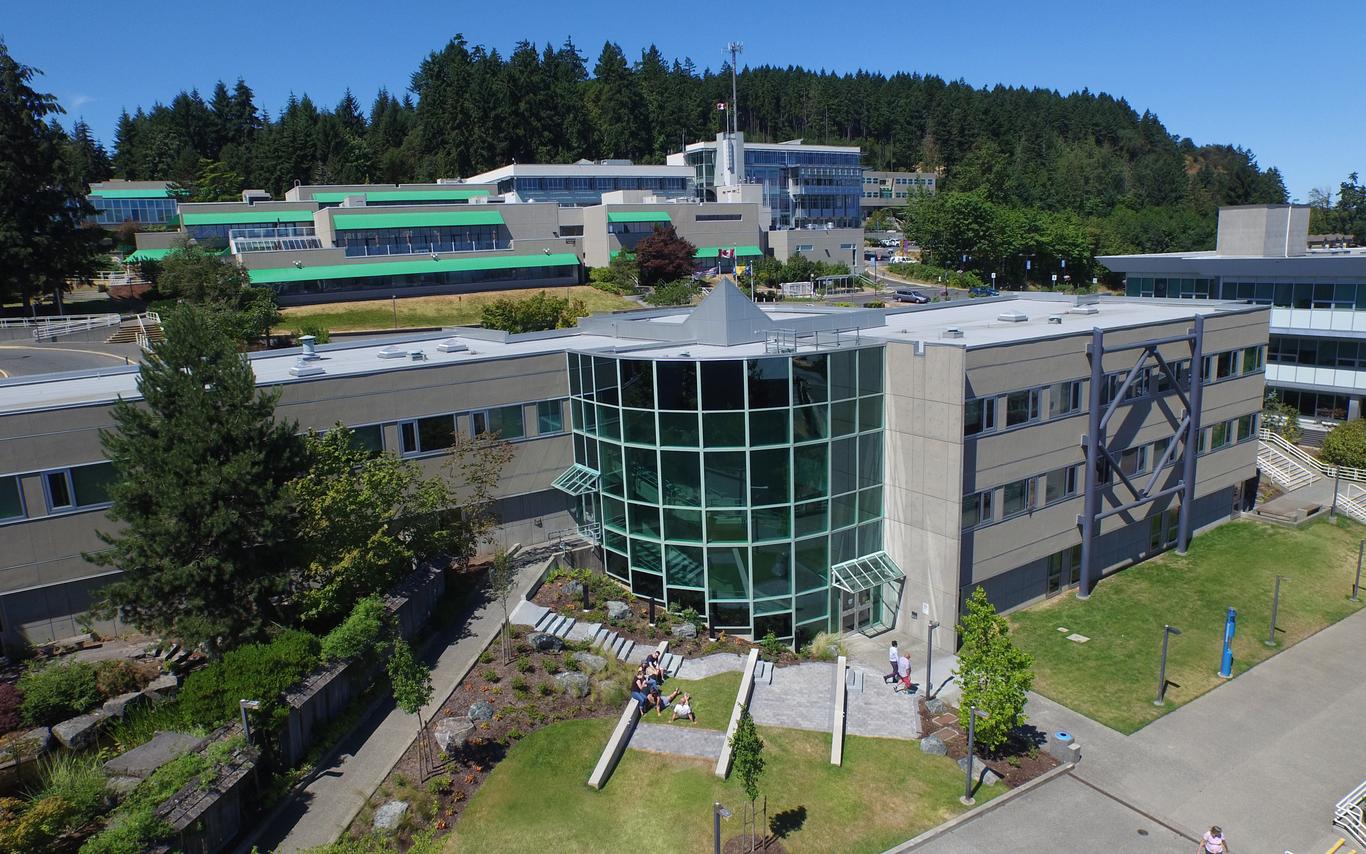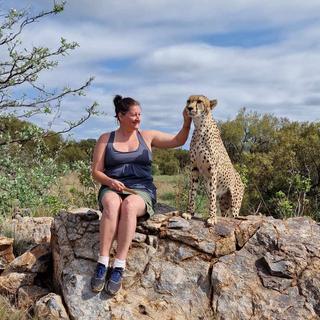EXPERT COMMENTARY: As wildfires continue to rage across parts of Western Canada and the United States, we were curious about some of the other impacts climate change is having on forests and what forest management tools are being taught in classrooms today to address these issues. Bill Beese, a VIU Forestry Professor and Forest Ecologist, shares some insights.
The catastrophic wildfires experienced in Western Canada and the United States over the past few years are one of the most visible aspects of climate change’s effect on forests, but there are other indicators that aren’t as publicized, says Bill Beese, a Vancouver Island University (VIU) Forestry Professor and Forest Ecologist.
“The fires are a very visible manifestation of climate change in some areas, but it’s just the tip of the iceberg,” says Beese.
Beese says foresters and researchers are observing three main impacts of climate change on forest ecosystems: changes to natural disturbances, changes to natural processes and changes to species.
Natural disturbances
Natural disturbances are events that can “push the reset button on a forest and cause it to start over,” says Beese. Examples are forest fires, insects, disease, and storm damage from wind and landslides. Climate change can alter the frequency and intensity of these disturbances.
Natural processes
Natural processes change when forest decomposition and tree growth rates alter. These are influenced by temperature and the length of growing seasons.
“Climate change isn’t going to have an even effect across the globe or even in BC. Some places will get warmer and wetter and some will get drier,” says Beese.
Some impacts on trees and forests are going to be positive, says Beese. In northern Canada where there is good soil and moisture, but there is a limited growing season, an extension of that season could create better tree growth.
“In other areas like the Southern Interior where they already have an extended dry season, such as where ponderosa pines grow next to natural grasslands, those places are going to get even drier,” says Beese. “The grasslands will expand where it is just too dry for the trees to survive anymore. Fires will help accelerate that, and grasslands will start to creep up the mountainside.”
The places that get drier might have lower productivity and the places that get warmer and have enough moisture will have higher productivity.
Species
Shifts in habitat can affect species – both plants and animals. Many migrating species, like birds, arrive at a certain time based on seasonal cues, but they may arrive too late for the flowering or seeding of some plants. If these get out of sync it can affect species survival.
“One of the biggest impacts on our forest species is not how climate change directly affects the tree, but how it affects the organisms that will damage or kill the tree,” says Beese, adding that weevils, budworm and the mountain pine beetle are some of the insects that can be influenced by climate change.
Forest management
Students in VIU’s Forestry Program are learning management tools that can help mitigate impacts or help forests adapt. One of those tools is planting a mixture of tree species to spread the risk out in case some don’t survive.
“There are a lot of technical challenges because growth rates of trees are different. Some mixtures won’t work very well. You could have one tree species take over and leave the others in shade, but if you plant them using a patch approach that can work,” says Beese.
There is also the assisted migration technique. Tree species naturally, gradually migrate from other places over time. Forest organizations are helping the process along by moving seeds to areas that will be more suited to the species. There are tree seeds from Oregon and Washington state that could now grow better in Canada because of the climate that we expect during the next 50 years, says Beese.
“There are restrictions on how far you can move these seeds,” says Beese, adding that some of the restrictions are now being examined and adjusted because of climate change.
Forest management is complicated.
“A lot of the time we struggle with just the objectives, because people want different things from forests. It’s a pretty complex endeavour dealing with the social, economic and ecological interactions,” he says. “We want forest products, we want wildlife, we want water. We want all these things that help humans, but there is also an intrinsic value to the forest just existing because there is such a variety of life forms living in forests that we want to maintain.”
Beese has served on numerous advisory committees on research, old-growth forests and ecosystem-based management, including an international science panel for Forestry Tasmania. He has co-authored numerous research papers. He received the Canadian Forestry Scientific Achievement Award from the Canadian Institute of Forestry/Institut forestier du Canada this September.
-30-
MEDIA CONTACT:
Rachel Stern, Communications Officer, Vancouver Island University
C: 250.618.0373 l E: Rachel.Stern@viu.ca | T: @VIUNews



